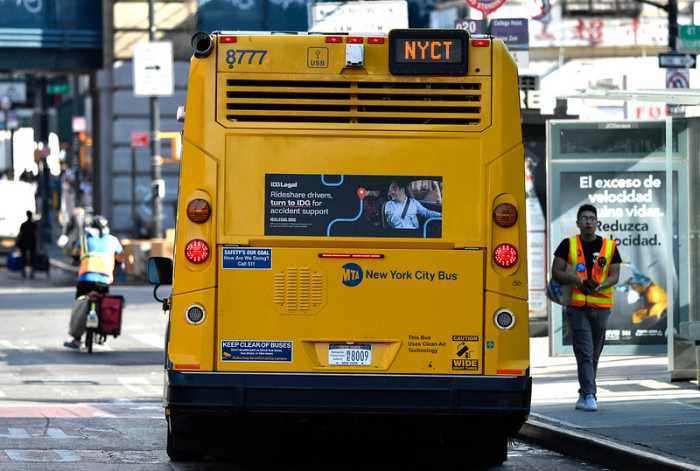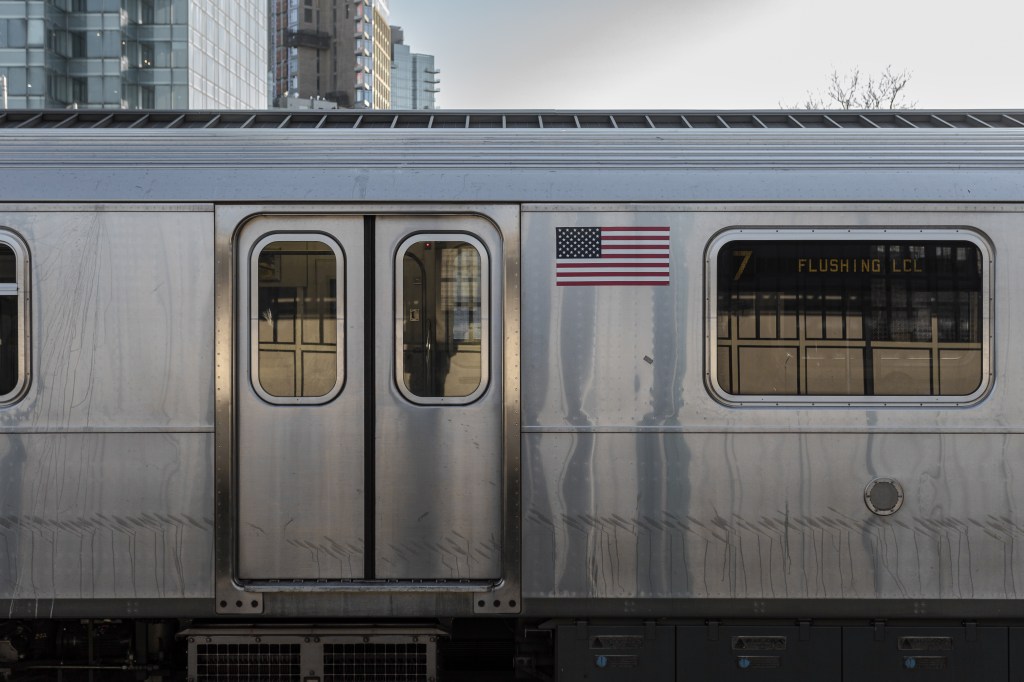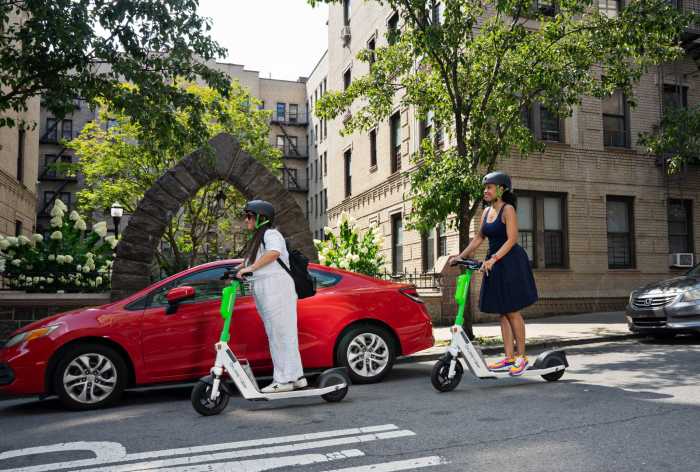By Philip Newman
New York State Comptroller Thomas DiNapoli has complained to the Metropolitan Transportation Authority about hundreds of thousands of delays in the New York City subway system, many of which the comptroller’s auditors said were preventable.
The MTA responded: “Providing high-quality efficient and safe service is the MTA’s central objective, but the audit offers nothing that would help MTA New York City Transit achieve that goal.”
DiNapoli said the MTA had “a deteriorating on-time performance record. They have actually lowered their expectations.”
The audit emphasized the decline in subway on-time performance during 2013-2014.
The MTA considers a subway train on time if it reaches the end of its run and has made all stops within five minutes of its scheduled arrival time.
The MTA’s goal in 2013-14 was for 91.9 percent of trains to arrive on time. However, it fell short in meeting that standard.
On weekdays in 2013, subways were on time 80.5 percent of the time. Delays got worse in 2014, when 74 percent of trains were on time. Subsequently, the MTA lowered its goal to 75 percent of subways running on time, the audit found. The comptroller’s office said five other major U.S. transportation systems had an on-time performance goal of at least 90 percent.
The comptroller’s auditors looked into what caused more than half of the nearly 500,000 subway delays from March 1, 2013 through March 31, 2014 to find out what steps the MTA took to improve on-time performance.
Some trains were late due to controllable factors, such as car equipment problems and track work, while others were due to such factors as sick passengers, inclement weather or police investigations.
DiNapoli’s audit recommended that the MTA identify the causes of recurring train delays and develop plans to proactively address the causes and require monthly feedback from subway managers on actions they are taking to address recurring categories of train delays
In response, the MTA said in part:
“We disagree strongly with many of the audit’s conclusions, beginning with the emphasis on on-time performance. As we have explained many times, the best way to serve subway customers is to ensure even wait times between trains. We manage and measure subway service based on those wait times, not on on-time performance at the end of a subway terminal. Improving wait assessment may have a negative effect on on-time performance but it is the right thing to do for our customers.”
“We categorically reject the recommendations in this audit. We urge anyone interested in our ongoing efforts to improve subway performance to read our entire 12-page response to the audit as well.”
The most delayed subway in the system was the 4 train, which runs express on the Lexington Avenue line and had an on-time rate of only 49.2 percent, according to the comptroller’s audit. The next two places were held by the 5 and 6, both of which also run on the Lexington Avenue line.
For Queens, the most delayed train was the F, which was on time 66.1 percent of the time, followed by the E (77.9 percent), the A (79.1 percent), the N (79.2 percent), the M (82.5 percent), the Q (83.9 percent), the G (85.4 percent), the 7 (88.2 percent), the R (88.7 percent), and the J and Z (92.1 percent).
Click here to Reply or Forward



































